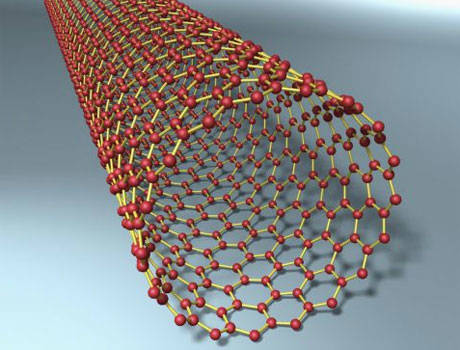-
Tips for becoming a good boxer - November 6, 2020
-
7 expert tips for making your hens night a memorable one - November 6, 2020
-
5 reasons to host your Christmas party on a cruise boat - November 6, 2020
-
What to do when you’re charged with a crime - November 6, 2020
-
Should you get one or multiple dogs? Here’s all you need to know - November 3, 2020
-
A Guide: How to Build Your Very Own Magic Mirror - February 14, 2019
-
Our Top Inspirational Baseball Stars - November 24, 2018
-
Five Tech Tools That Will Help You Turn Your Blog into a Business - November 24, 2018
-
How to Indulge on Vacation without Expanding Your Waist - November 9, 2018
-
5 Strategies for Businesses to Appeal to Today’s Increasingly Mobile-Crazed Customers - November 9, 2018
IBM Makes Carbon Nanotube Breakthrough
The results have been reported in the 2 October issue of Science.
Advertisement
However, IBM announced a major engineering achievement on Thursday that could revolutionize how computers operate: they’ve figured out how to swap out the silicon transistor contacts for smaller, more efficient, carbon nanotubes. If they are right, Moore’s Law may now be extended to the sub-nanometer angstrom (1/10th of a nanometer) levels using the same extreme-ultraviolet (EUV) complementary metal oxide semiconductor (CMOS) process technologies already in place. “I would argue it’s now more important than the channel [in the efforts to shrink transistors]”.
Semiconducting Single-Walled Carbon Nanotubes (SWNT) have potential size and conductivity advantages over silicon for making smaller transistors.
The next stage for IBM’s research group is to scale up the carbon nanotube technology to make reliable mass produced chips before they can make a difference to businesses and consumers.
Schematic showing the fabricated nanotube transistor with an end-bonded contact and a contact length below 10 nm. “This strategy promises high-performance SWNT transistors enabling future ultimately scaled device technologies”.
Earlier this summer, IBM unveiled the first 7-nanometer node silicon test chip, pushing the limits of silicon technologies.
Last year, IBM said it would spend $3 billion over the next 5 years to push research and development in advanced chip technology at 7 nanometers and beyond.
“These chip innovations are necessary to meet the emerging demands of cloud computing, Internet of Things and Big Data systems”, said Dario Gil, vice president of Science & Technology at IBM Research.
‘As silicon technology nears its physical limits, new materials, devices and circuit architectures must be ready to deliver the advanced technologies that will be required by the cognitive computing era’
.
Carbon nanotube chips have many benefits over traditional silicon. People tend to divide the technology into two parts, materials and the device.
With Moore’s Law running out of steam, shrinking the size of transistors – including the channels and contacts – without compromising performance is a research and manufacturing challenge.
Caveats aside, this is an impressive advance. And with silicon reaching its physical limits, the success of carbon nanotube research will be essential if that trend is to continue. Carbon nanotubes are one of the most promising replacements for silicon in semiconductors.
Above: A cross-section of a chip with IBM’s carbon nanotubes. The recent work achieves that. However, as metal electrical contacts decrease in size, the associated resistance increases to impractical values. Inside a chip, contacts are the valves that control the flow of electrons from metal into the channels of a semiconductor. “If resistance gets higher and higher, it doesn’t matter what happens in the device because it’s limited by resistance”.
Silicon transistors have become dramatically smaller in the last decades following Moore’s Law – the observation that the number of transistors per unit area doubles every two tears. “Our breakthrough is on the contacts”.
Advertisement
IBM researcher Shu-Jen Han outlined the next challenges for carbon-nanotube transistors in a blog post.





























